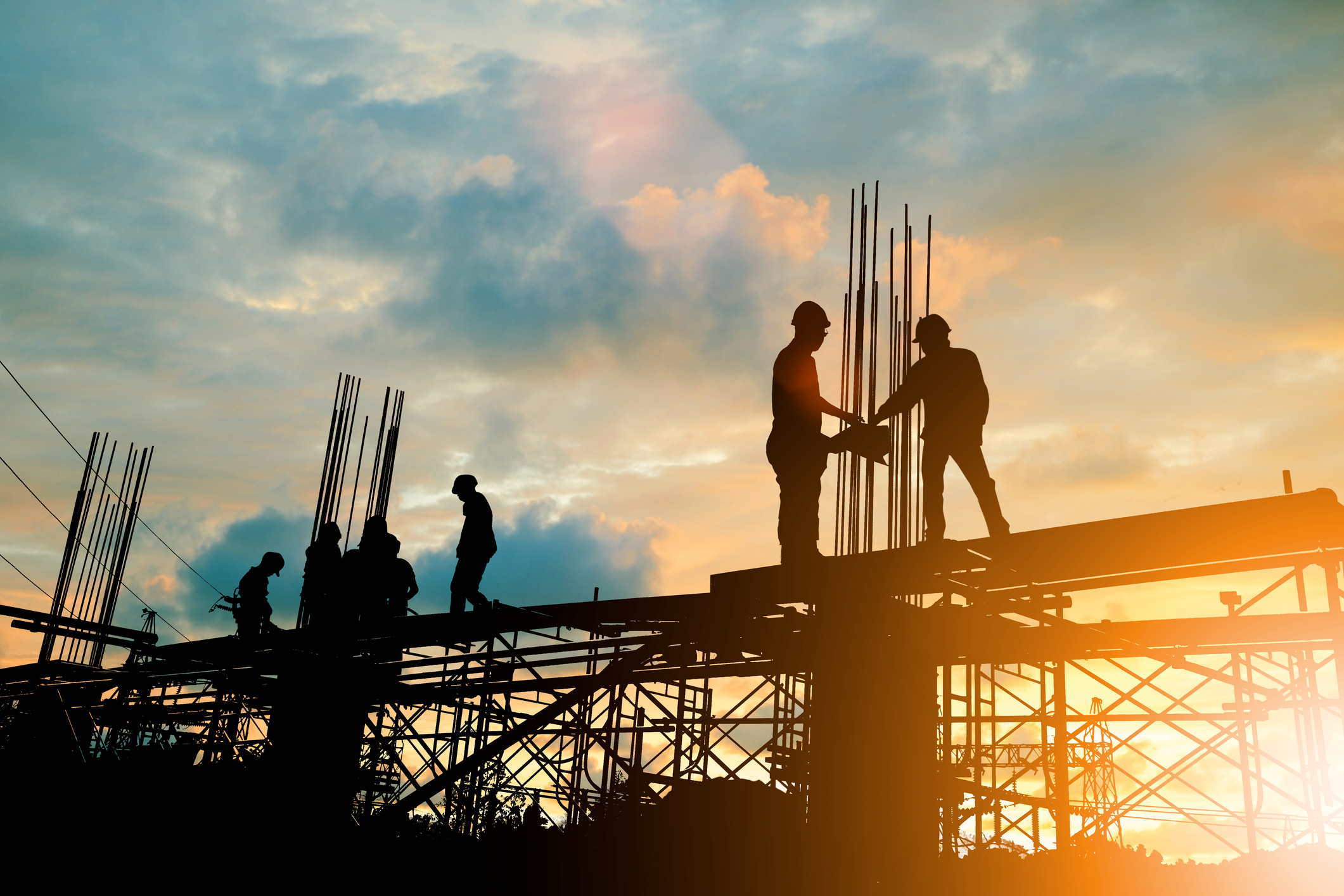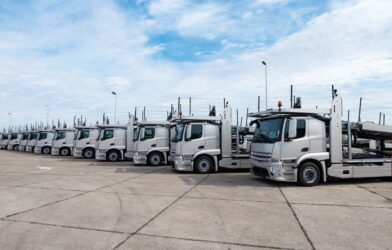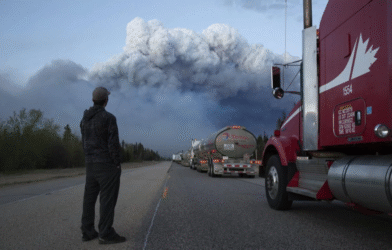Construction zones on our highways are frequent sights, but they can also be danger zones for drivers and construction workers. Safety in these areas isn’t merely a suggestion; it’s a moral and legal imperative. To highlight the critical significance of construction zone safety, we delve into the compelling statistics, the pivotal controls that can prevent collisions, and the nuclear verdict consequences that await those who fail to heed the warnings. In this article, we embark on a journey through numbers, measures, and outcomes to underscore the gravity of safe driving in construction zones.
Let’s begin with the most poignant numbers—the lives in the balance. In the United States alone, the Federal Highway Administration (FHWA) recorded 842 work zone fatalities in 2019. Each of these 842 lives represents a tragic loss, a void in a family, and a somber reminder of the stakes involved. Additionally, thousands of construction workers and motorists suffer injuries each year within these zones. These statistics are the grim testament to the inherent risks of construction zones, making it undeniably clear that safety measures and controls are non-negotiable.
Excessive speed in construction zones is a potent catalyst for disaster. Data from the National Work Zone Safety Information Clearinghouse reveals that in 2019, speed played a role in almost 28% of fatal work zone accidents. Speeding endangers not just workers but all road users adapting to altered conditions. Speed controls, such as posted speed limits and active speed cameras, are vital measures to enforce responsible driving. Ignoring these controls could lead to catastrophic consequences, both in terms of lives lost and the judicial repercussions that follow.
Statistics underscore the prevalence of rear-end collisions in construction zones. In 2019, the FHWA reported that rear-end crashes accounted for a staggering 44% of all work zone accidents. These collisions often occur due to sudden stops or slowdowns within construction zones, underscoring the need for collision avoidance measures. Advanced driver-assistance systems (ADAS) like automatic emergency braking (AEB) can provide critical control in these situations. Neglecting these controls is not just risky; it’s an invitation to nuclear verdicts in the aftermath of preventable collisions.
Distracted driving compounds the risks in construction zones. The National Highway Traffic Safety Administration (NHTSA) revealed that distracted driving played a role in over 7% of fatal work zone crashes in 2018. Distractions divert attention from the ever-changing dynamics of construction zones, making them perilous. Controls include strict enforcement of anti-distracted driving laws and driver education. The failure to exercise these controls can have dire consequences, both on the road and in the courtroom, where nuclear verdicts are issued for lives disrupted due to negligence.
The nuclear verdict consequences for failure to apply safety controls are severe. When a collision occurs within a construction zone due to speeding, rear-end collisions, or distracted driving, the legal ramifications can be financially devastating. Nuclear verdicts can result in multi-million-dollar settlements and judgments, crippling businesses and individuals alike. Beyond the financial repercussions, the emotional toll on families affected by preventable accidents is immeasurable.
The statistics leave no room for doubt—construction zone safety isn’t a choice; it’s an obligation. Fatalities, injuries, and the specter of nuclear verdicts all serve as stark reminders of the imperative to adhere to safety controls and drive responsibly in construction zones. Speed limits, collision avoidance systems, and anti-distracted driving measures are not mere suggestions; they’re vital tools to protect lives and avoid catastrophic consequences. In our journey through numbers, controls, and consequences, remember that it’s not just about obeying the law; it’s about safeguarding lives and preserving financial stability for all involved in construction zone incidents.














Comments are closed